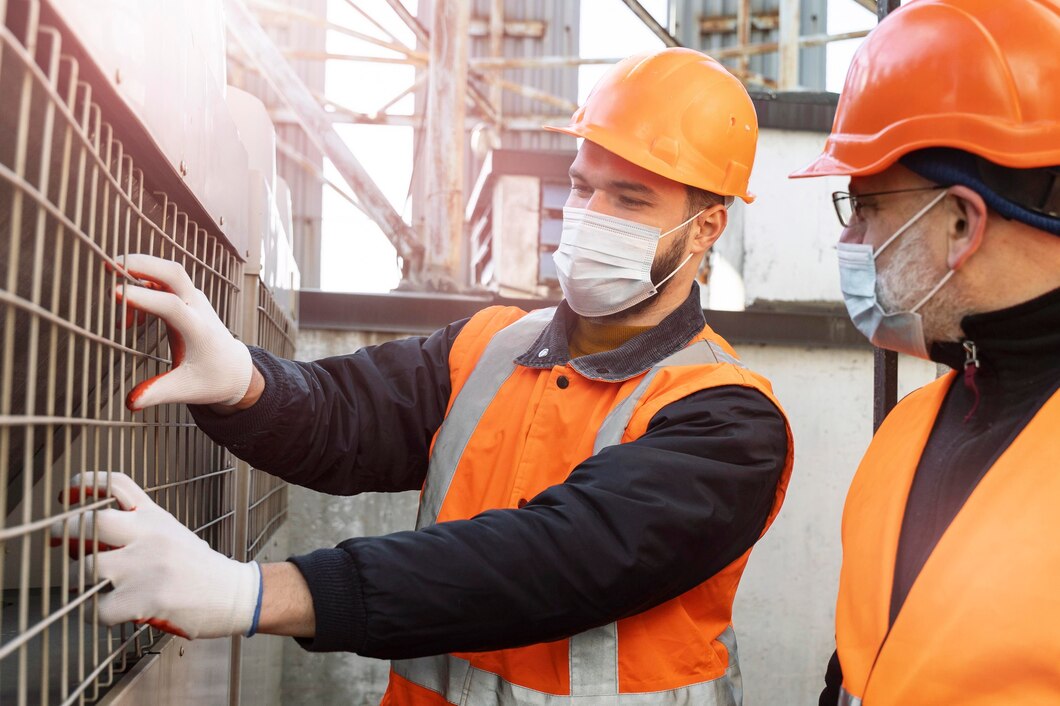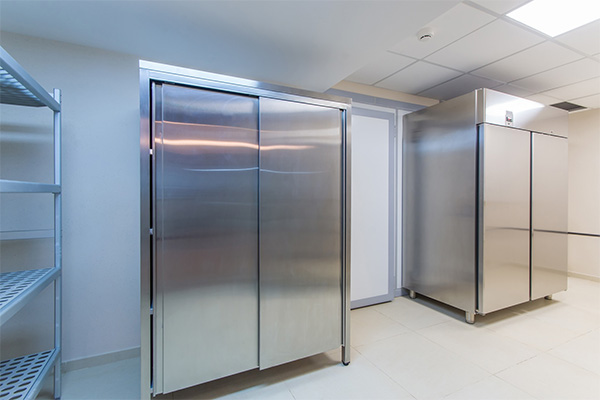
Secure Construction
In the dynamic world of construction, ensuring safety and efficiency on-site is paramount. Construction sites are bustling environments with a multitude of activities happening simultaneously, and the potential for accidents is significant. Implementing robust safety measures and efficient strategies is essential to protect workers and maintain productivity.
This article explores best practices, technologies, and strategies that enhance safety and efficiency on construction sites.
Prioritize Safety Training and Education
One of the fundamental steps in ensuring safety on construction sites is comprehensive safety training and education. Workers should be well-versed in safety protocols, emergency procedures, and the correct usage of equipment. Regular training sessions help reinforce this knowledge and keep safety at the forefront of everyday operations. Additionally, fostering a safety-first culture encourages workers to actively participate in maintaining a safe work environment.
Implement Rigorous Safety Protocols
Implementing rigorous safety protocols is crucial for minimizing risks. Construction companies must establish clear guidelines for all site operations, including equipment handling, working at heights, and hazardous material management. Ensuring compliance with regulatory standards and conducting regular safety audits can identify potential hazards before they lead to accidents. Personal protective equipment (PPE) should be mandated and readily available for all workers on site.
Embrace Technological Advancements
The integration of technology in construction has revolutionized safety and efficiency. Drones, for example, can be used for site inspections and monitoring, providing real-time data without putting workers at risk. Wearable technology, such as smart helmets and vests, can track workers’ movements and alert them to potential dangers. Additionally, Building Information Modeling (BIM) allows for better planning and visualization of projects, reducing the likelihood of on-site errors.
Enhance Communication and Collaboration
Effective communication is a cornerstone of safety and efficiency on construction sites. Clear communication channels should be established, enabling workers to report hazards promptly and receive updates on safety protocols. Daily briefings and toolbox talks can enhance awareness and ensure everyone is informed about current site conditions and potential risks. Collaborative platforms and mobile apps facilitate seamless communication among project teams, improving coordination and decision-making.
Optimize Site Layout and Logistics
Efficient site layout and logistics are essential for minimizing congestion and ensuring smooth operations. Proper planning can prevent bottlenecks and reduce the risk of accidents caused by overcrowding. Designating specific areas for material storage and equipment placement helps maintain order and accessibility. Additionally, implementing traffic management plans for vehicles and machinery can prevent collisions and enhance overall safety.
Utilize Reliable Equipment and Services
The use of reliable equipment is critical in maintaining safety and efficiency on construction sites. Regular maintenance and inspections can prevent equipment failures and minimize downtime. For specialized tasks, partnering with a reputable crane rental service in Utah, for instance, ensures access to high-quality machinery and experienced operators. This not only enhances safety but also optimizes project timelines and costs.
Foster a Culture of Continuous Improvement
Construction sites are dynamic environments, and safety measures must evolve continuously. Encouraging feedback from workers and conducting post-project evaluations can identify areas for improvement. Implementing lessons learned from past projects enhances future safety protocols and operational efficiency. Adopting a proactive approach to risk management ensures that potential hazards are mitigated before they become critical issues.
Promote Health and Well-being
Worker health and well-being are integral to maintaining a safe and efficient construction site. Providing access to health resources, such as hydration stations and rest areas, helps prevent fatigue and heat-related illnesses. Encouraging regular breaks and promoting mental health awareness contributes to a healthier and more productive workforce. A focus on well-being not only reduces absenteeism but also enhances job satisfaction and team morale.
Conclusion
In conclusion, ensuring efficient and secure construction sites requires a multifaceted approach. By prioritizing safety training, embracing technological advancements, enhancing communication, and optimizing site logistics, construction companies can create safer and more productive work environments. Utilizing reliable equipment and fostering a culture of continuous improvement further reinforces these efforts. Ultimately, a strong commitment to safety not only protects workers but also drives project success and sustainability.
Keep an eye for more news & updates on BuzzTeleCast!






